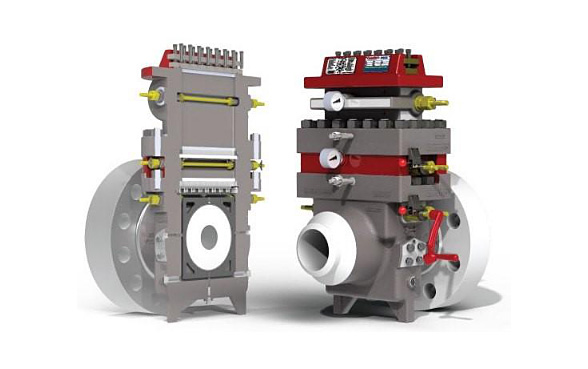The following are the important expressions used in orifices and mouthpieces including discharge through large rectangular orifice, discharge through wholly submerged orifice, and more:
(a) Discharge through a large rectangular orifice,

where
Cd = Coefficient of discharge,
b = Breadth of the orifice,
H1 = Height of the liquid above the top of the orifice, and
H2 = Height of the liquid above the bottom of the orifice.
(b) Discharge through a wholly submerged orifice,

where
H1 = Height of water (on the upstream side) above the top of the orifice,
H2 = Height of water (on the downstream side) above the bottom of the orifice, and
H = Difference between two water levels on either side of the orifice.
(c) Time required to empty the tank completely through an orifice at the bottom,

(d) Time required to empty the hemispherical tank through an orifice at the bottom,

where
R = Radius of hemispherical tank.
(e) Discharge through an external mouthpiece,

where
a = Cross-sectional area of the mouthpiece, and
H = Height of liquid above the mouthpiece.
(f) Discharge through the internal mouthpiece when it is running free,

(g) Discharge through the internal mouthpiece when it is running full,

Notes:
1. The re-entrant or Borda’s mouthpiece is an internal mouthpiece.
2. If the jet of liquid after contraction does not touch, the sides of the mouthpieces, then the mouth piece,is said to be running free. In this case, the length of mouthpiece is equal to diameter of the orifice.
3. If the jet of liquid after contraction expands and fills up the whole mouthpiece, then the mouthpiece is said to be running full. In this case, the length of mouthpiece is more than three times the diameter of orifice.


